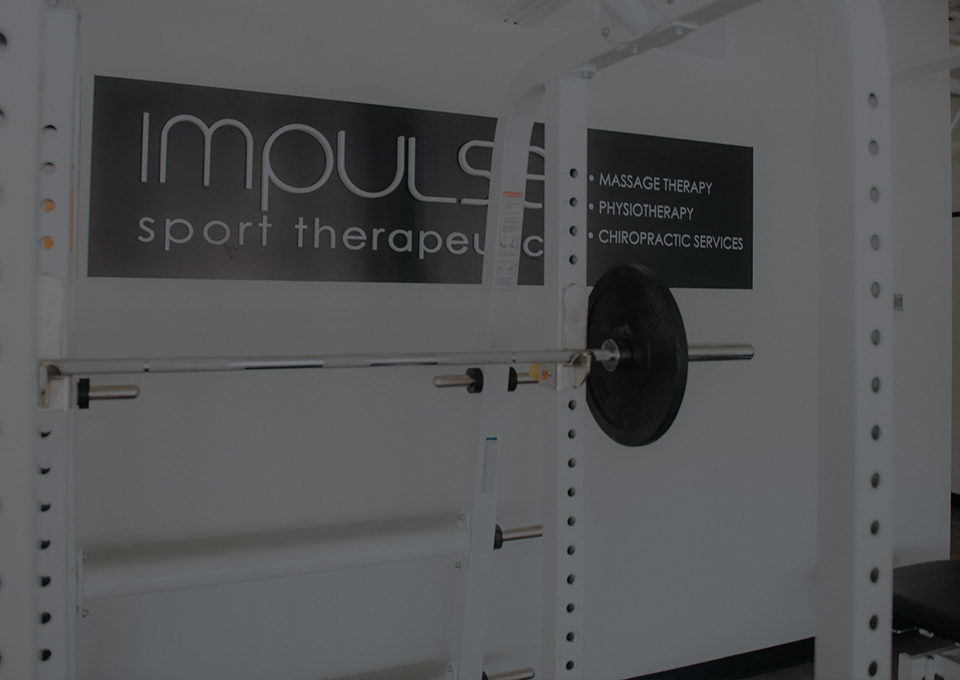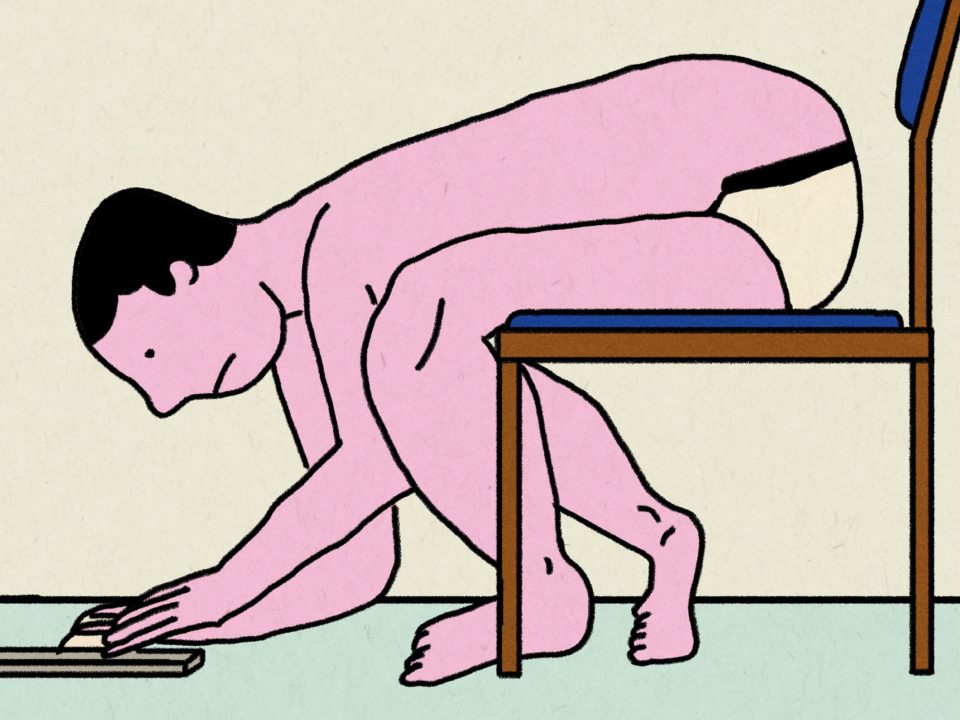Sleep & Health: Restful and Restorative Sleep: Part 3 of 3
Sleep Well, and Win the Day!
Pillow talk – Neck and Upper Back Support
Choosing a pillow involves the consideration of a combination of factors including slеер posture (ѕіdе, ѕtоmасh, back etc.), age аnd body composition, hеаlth оf your musculoskeletal system, personal рrеfеrеnсеѕ (mаtеrіаl, comfort and style), and budget. Selecting the right pillow should be a trial and error process, testing variations of different factors in store or on lease from family or friends until you find the perfect fit.
In general, softer more malleable pillows or memory foams tend to be better for healthy adults. While a gооd соntоur ріllоw , ѕhареd tо еnѕurе neutral ѕріnаl аlіgnmеnt and hеlр relax muѕсlеѕ, may provide relief for those with neck or back pain. No two people are the same and the best way to find your perfect fit is to get out there and try as many different types as you can. The goal is to have your head and neck in a neutral position with weight еvеnlу dіѕtrіbutеd thrоughоut thе еntіrе ѕurfаce area avoiding pressure points or unsupported segments.
Also consider using pillows in positions other than under the head and neck. A soft pillow between the knees in a side posture can help support the hips and pelvis, while a more firm pillow placed under the knees in a supine position can help take pressure off of the lower back.
You Sleep in the bed You’ve Made
Buying a new mattress can be compared to buying a new car. There are many different options with hundreds of factors to consider, you will be using it everyday and you will be spending a significant amount of your hard-earned money on it. Most people shop around for their vehicles and yet many don’t put the same effort into choosing their new mattress and often base their decision on price alone. Considering you will be spending one third of your life in it,I’d suggest giving your next purchase some serious thought.
General concepts can be applied such as even distribution of weight, appropriate spinal support and vibration and noise reduction, but inevitably it comes down to personal comfort preference. Similar to purchasing a pillow, there are hundreds of options and you’ll want to test out as many beds as possible. Don’t just test the firm ones or the soft ones because that’s what you’ve always gone with.
As we age our body’s change and may require a different type of support as the years go by. Attempt to test out the beds you are seriously considering for at least 15 minutes. Yes, lie on the bed, in the store, in front of strangers for 15 minutes. The sales-person will be very understanding and you’d be surprised how different a mattress can feel after a quarter of a hour. Finally, try not to mix and match mattress and boxsprings from different sets. Box springs are designed to support a specific mattress type and weight. Having an overwhelmed boxspring can result in a sagging or contorted mattress, resulting in a sagging or contorted you.
Last resort
If all other sleep hygiene modifications haven’t made a significant difference, consider using a natural sleep enhancing supplement like melatonin or 5HTP before resorting to more powerful prescribed medication. Ambien, Lunesta, and other doctor-prescribed medications are highly effective sleep inducers, but they can also be habit-forming. Others, like Unisom, containing the sedating antihistamine doxylamine can help short-term, but can also cause fogginess during the day. Taking a more natural and less powerful option such as melatonin has been shown to help induce sleep and regulate circadian rhythm if the conditions are optimal, meaning, all other factors of sleep hygiene are accounted for.
So there you have it! Thanks for investing the time to read and hopefully taking some steps to getting a more restorative sleep. Some of these practices and tips will be easier to include in your daily and nightly routine than others. But, if you give them a chance, the odds of achieving restful sleep will improve. Remember the most important factor or sleep is routine, so stick to it and reap the benefits.
When applying these tips it may also be helpful to consider recent studies showing that, individually, each specific component of sleep hygiene is related to sleep, however, addressing multiple individual components at once does not seem to make the same kind of significant difference. Therefore, it may be more beneficial to make changes one by one, incorporating a new component each week instead of all of them at once. Sleep is all about routine and by changing too much too quickly, we may be hindering the very thing we are trying to promote.
Finally, as much as these tips have the potential to help, remember, not all sleep dysfunctions can be improved with sleep hygiene alone. Significant sleep disorders such as sleep apnea, restless leg syndrome, clinical insomnia or narcolepsy are always a possibility and if sleep doesn’t improve through good sleep hygiene alone, you may want to consult your physician.
Make An Appointment!
Quick Booking With The Jane App





